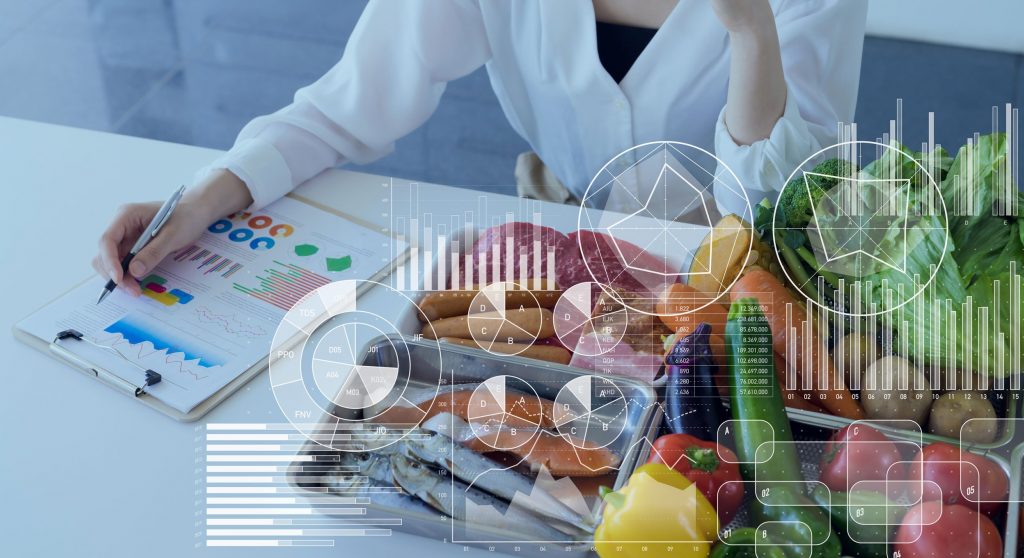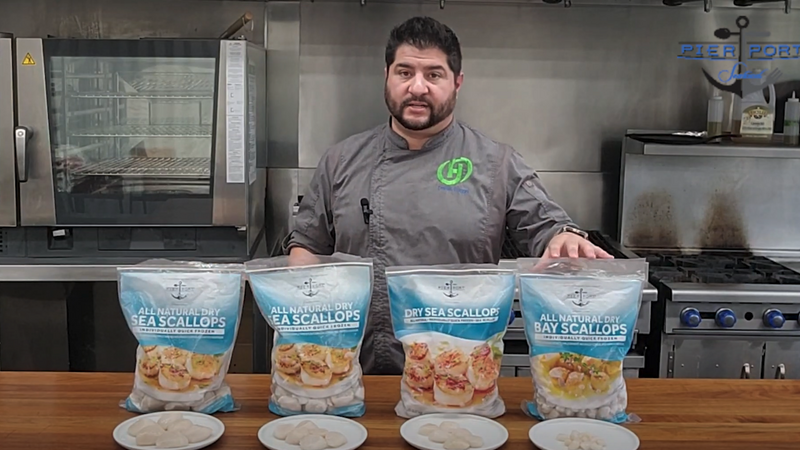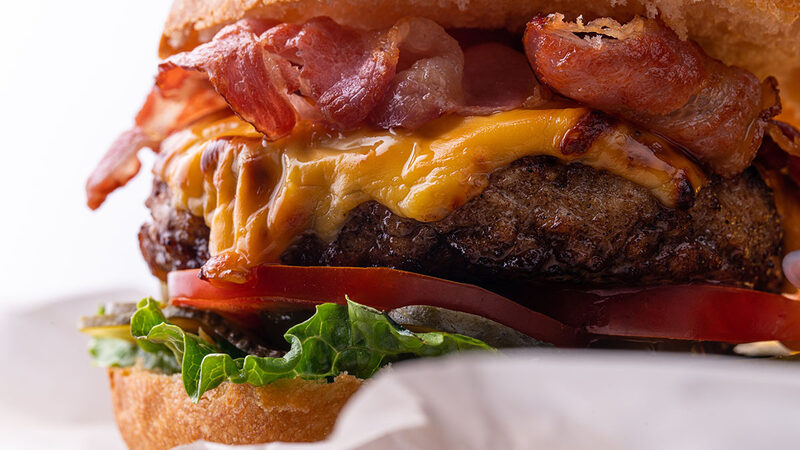News
September 08, 2021
Right Pricing Your Menu

Right Pricing Your Menu
Derek Bugge, Harbor Foodservice Chef Consultant
Arguably one of the (if not the most) important decisions you will make in your restaurant is how much to charge for your services.
Whether you are considered fine dining, fast casual, gastropub, mom and pop, and everything in between, your prices will be a determining factor in how your potential guests view your business, and that can be daunting. Perception aside, appropriate pricing and strategic portioning are THE determining factors in your restaurant’s profitability. Even the slightest price adjustments will have a major impact on your business’s financial wellbeing. For example, a $12 burger versus a $13 burger shouldn’t just be seen as a difference of one dollar, it should be looked at like this:
If you are open 6 days a week, and on an average night you sell 30 burgers, that is a difference of 180 dollars a week. Over 52 weeks that total is a total of $9,360 dollars. So, what could you do with an extra nine thousand dollars a year?
What should my food cost be?
While there are very helpful guidelines to follow, only you can answer that. Of course, there are numerous guidelines and resources to support your decisions, but no one knows financially where your business should be better than you.
We have all heard the “33%” is the golden number for food cost. Well, yes and no. That 33% is under ideal conditions, and as anyone who has ever stepped foot in the hospitality industry will tell you, restaurants are anything but ideal. The real answer is a little more complicated.
Your food cost should be determined by multiple factors, such as:
- The cost of goods
- What kind of restaurant are you? (Pub, fine dining, fast casual, etc.)
- What are your demographics? (Not just your location, but your target audience)
- What is your competition charging?
- What are your fixed costs? (Rent, insurance, loans, etc.)
So ultimately, while your food cost is important, it should not be the only determining factor in how you cost out your menu. The range should be somewhere between 24% and 35%, depending on your product. If you serve a lot of vegetables, pastas, pizzas, sandwiches, then you will most likely be on that lower end because you are driven by higher volume. Those places that are protein heavy such as seafood and steak houses will be on that higher end of the spectrum, and will probably have less volume, but they are capturing more dollars per ticket.
For example:
- A pizza place has a 25% food costs and sells 100 pizzas at $20 per pizza, that’s $1,500 after the Cost of Goods (COG)
- A steak house might have a 35% food cost, and sells 50 steaks at $40 per steak, which comes to $1,625 after COG (keeping in mind a steakhouse will most likely have higher labor and fixed costs than a pizza place.)
So going back to my original point, you must figure out what works best for YOU.
Re-engineering your food costs:
Your Point-of-Sale System should provide you a clear picture of what is selling and what isn’t. By breaking down that information and comparing it to each recipe cost, you can see exactly where your menu can sustain higher prices.
NOTE: Due to pandemic disruptions, we’re recommend our clients begin their reporting range from mid-May/early June of 2021.)
- For example, if you have 5 burgers on the menu ranging from $15 to $18, but you see that your $15 burger is outselling not only the other burgers, but everything else on your menu, that let’s you know that your customers enjoy that burger and it could most likely sustain a price increase.
- This method can be applied to any items on the menu. If you see any items that are far outselling the other items, they are probably due for a price hike.
Price adjustment strategies
Whether your motivation is out of necessity or opportunity, Covid is providing you coverage. Today’s consumer is aware and reluctantly accepting of most of the issues currently plaguing our industry, one of which includes the cost of goods, and by extension, prices.
Good: Across the menu increases
One way is to raise everything a dollar across the board. If that works for you, great. While this will ensure an improved revenue stream, there is still potential that you’re still leaving money on the table with specific high volume or low profit items.
Better: Portion control
Whatever your price adjustment strategy, portion control is key. This starts at prep and continues through your kitchen, bar, dining room, and takeout materials. One sure fire method of identifying portion excess is to check the dishwasher’s garbage. If you’re seeing a lot of, say, French fries; you’re over portioning.
Best: Know your plate costs
While time consuming, this is arguably the best way to manage your inventory. By costing out exactly what each dish costs you to prepare, it allows you to make a more informed decision when it comes time to decide on what you should charge.
The good news is that when you have each recipe costed out, there are digital resources such as MarginEdge that will track your product costs daily and notify you of any changes so that you can react immediately, as opposed to finding out somewhere down the line when you do a self-audit or take inventory.
Factors that might impact your food cost:
- Waste and improper portioning
- Employee theft
- Employee turnover = hard or impossible to track waste
- Seasonality
- Supply chain issues
Best ways to manage your food cost:
- Forecast sales and order accordingly
- Set goals and track progress
- Constantly evaluate and re-engineer your menu as necessary
- Properly train your staff on portions and expectations
- Provide clear standards for employee meals
- Keep an eye out for theft
- Manage your inventory (FIFO, labeling, dating, rotating, etc.)
My hope is that this has given you the tools and information to price your menu with confidence. Should you like more information or a one-on-one lesson, I am always here to support our clients any way I can. Please feel free to reach out to me, Chef Derek Bugge at Derek.Bugge@Harborfoods.com or by phone at 206.697.3301


